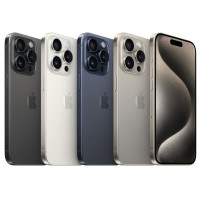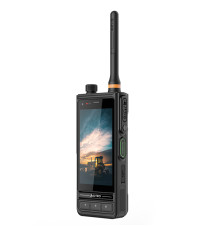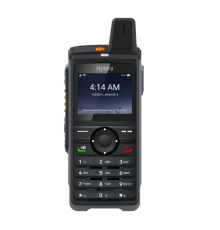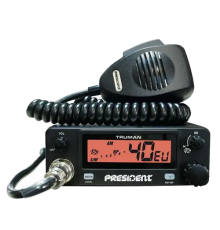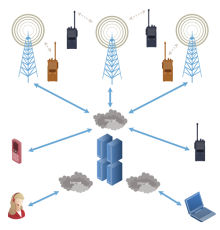POC - is a PTT (Push-to-talk) call over the cellular network. In other words, it is a technology that uses a broadband cellular network and a broadband WiFi network to build a network and organize communication between subscribers. This technology is able to provide reliable and secure communication over long distances without deploying a radio infrastructure.
Our company has its own server infrastructure "MicroGIS Talk" and provides services for connection and maintenance of subscribers.
The POC communication system has all the functionality of a classical radio communication system, and sometimes more:
Group and Individual voice calls
The following can act as a mobile PoC terminal
- Devices with a PTT (Push-to-talk) call button;
- Smartphones;
- Tablets;
- Computers on which the Client PoC application can be installed.
Transmission and reception is controlled by:
- on-screen PTT button;
- with a special PTT button on the body of the smartphone-radio station;
Types of PTT voice calls:
- simplex (click to speak, lower to listen);
- duplex (similar to a regular phone);
Quality of PTT voice calls:
- Narrow band - 8kHz;
- Wideband - 16 kHz;
- Super wide bandwidth - 24 kHz;
- Full bandwidth - 48 kHz;
Encryption of PTT voice calls:
Costs:
- Within the tariff of the SIM card used;
|
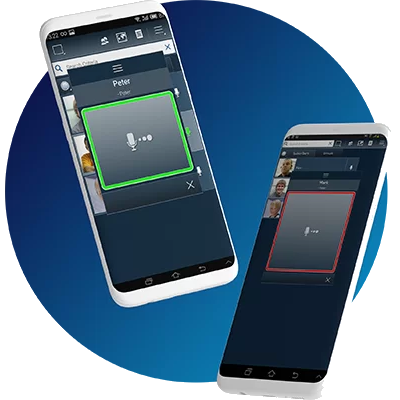
|
Group and Individual video calls
The following can act as a mobile PoC terminal
- Devices with a PTT (Push-to-talk) call button;
- Smartphones;
- Tablets;
- Computers on which the Client PoC application can be installed.
Transmission and reception is controlled by:
- on-screen PTT button;
- with a special PTT button on the body of the smartphone-radio station;
Types of PTT video calls:
- simplex (click to speak, lower to listen);
Quality of PTT voice calls:
- Medium quality - 320x240 px;
- High quality - 640x480 px;
Encryption of video PTT calls:
Costs:
- Within the tariff of the SIM card used;
|
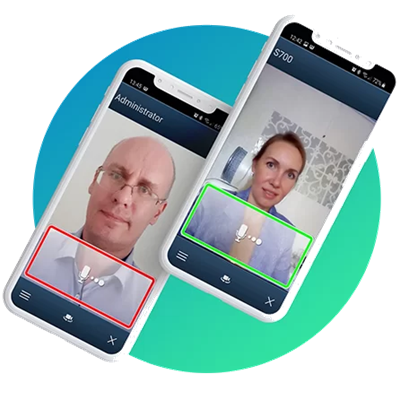
|
Messaging
The following can act as a mobile PoC terminal
- Devices with a PTT (Push-to-talk) call button;
- Smartphones;
- Tablets;
- Computers on which the Client PoC application can be installed.
Types of messages:
- text;
- attached files;
- embedded images;
Message encryption:
Costs:
- Within the tariff of the SIM card used;
|
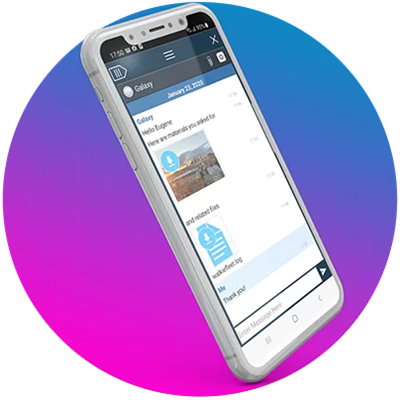
|
Geolocation
The following can act as a mobile PoC terminal
- Devices with a PTT (Push-to-talk) call button;
- Smartphones;
- Tablets;
- Computers on which the Client PoC application can be installed.
Functionality:
- define your own location;
- subscriber location request;
- automatically update the location of subscribers at a specified interval;
- formation of the movement history;
- working with geofences;
- security tour;
- data visualization on electronic vector maps;
- working with maps in off-line mode;
- building reports.
Costs:
- Within the tariff of the SIM card used;
|

|
Over the air programming (OTAP)
Functionality:
- Control over all settings available in the client application;
- Bulk update specific settings and channel list;
- automatically update the location of subscribers at a specified interval;
- Version control and update of the remote client application;
- An OTAP license is required to enable the over-the-air programming service;
Costs:
- Assumes you have access to the administrative console.
- The "OTA programming" service is subject to additional terms.
|
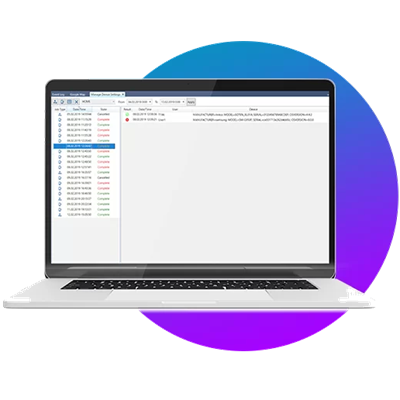
|
Supervisory control
Dispatch console:
Supervisory Console is a Windows-based application that provides supervisory control over multiple communication networks. The dispatch console provides an integrated communication environment for RoIP PoC and DMR fleets.
Available functionality:
- Control over multiple communication networks;
- PTT voice calls;
- PTT video calls;
- Emergency processing
- Messaging (text, image, files)
- Location tracking
- Support for on-line Google maps
- Support for on-line and off-line OpenStreetMaps
- Geofence processing
- "Guard tour"
- OTAP Over the Air Programming
- Lock / Unlock User
- Event log
- Move history tracking
- Reporting tools
Advanced features:
- The ability to receive and make multiple calls at the same time.
Costs:
- The service of using the "Administrative Console" is provided on additional terms;
|
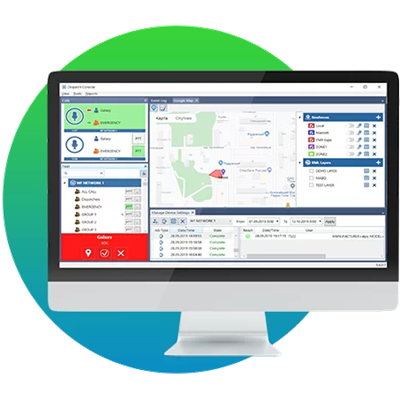
|
Recording conversations and video stream
The following can act as a mobile PoC terminal
- Devices with a PTT (Push-to-talk) call button;
- Smartphones;
- Tablets;
- Computers on which the Client PoC application can be installed.
Recording mode:
- automatic (when requesting a service);
- remote monitoring;
Record management:
- Recording mode - automatic (when requesting a service).
- The place where information is collected is the server.
- Information access point - dispatch console;
Record quality:
"Remote monitoring" functionality:
- Remote monitoring is initiated by sending the Start / Stop Monitoring command from the console;
- All voice and video taken from devices are recorded on the server;
- The server continues to monitor devices even if the console application is closed.
- Remote monitoring is only stopped when the "Stop monitoring" command is sent from the console to the user;
Costs:
- Assumes you have access to the administrative console.
- The service "Remote monitoring" is provided on additional terms.
|

|
DMR Integration
AIS interface:
DMR Applications (AIS) is a SIP-based connection for voice and data transmission over a DMR Tier II and Tier I radio network. The AIS interface specification is developed by the DMR Association. To stack between DMR networks and a RoIP PoC server, no special required.
DMR networks:
- Multiple DMR networks can be connected to a RoIP PoC server.
Messaging:
- Text messaging between DMR radios, dispatch console and mobile terminals is possible.
Call alert:
- The system supports DMR call alert from console or mobile client.
Checking the radio:
- The system user can manage online presence commands.
Voice calls:
- Users have access to individual and group voice calls between DMR and PoC subscribers.
Location tracking:
- The system allows the exchange of information about the location of DMR and PoC subscribers.
Costs:
- Assuming a DMR network from the list of supported networks.
- The "DMR Integration" service is subject to additional terms.
|
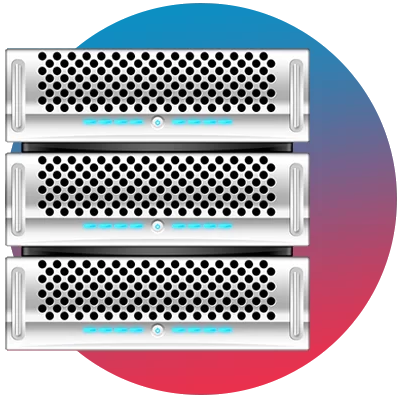
|
Compatibility
The following can act as a mobile PoC terminal
- Devices with a PTT (Push-to-talk) call button;
- Smartphones;
- Tablets;
- Computers on which the Client PoC application can be installed.
DMR Suppliers:
- Hytera;
- Kirisun;
- Excera;
- Callta.
PoC providers:
- Hytera;
- TeloSystems;
- BoxChip;
- Inrico;
- Talkpod;
- Sonim;
- Excera;
- Estalky;
- Tesunho;
- Solidtronic.
|
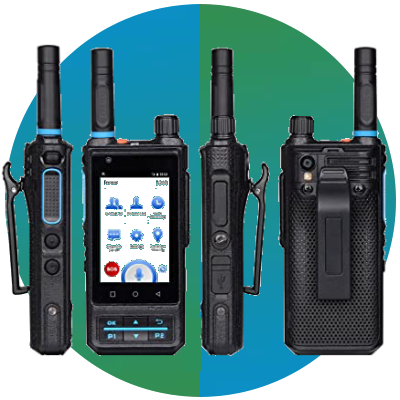
|
Advantages of RoIP technology and PoC radio
Lower cost
- The most cost-effective way to connect radio systems and operators while increasing functionality and user experience;
Improved reliability
- The reliability of the radio network is critical to mission-critical communications, making a resilient IP network infrastructure one of the most important features.
Improved performance
- RoIP allows organizations to develop their own radio network infrastructure:
- Centralized remote control, response, configuration.
Flexibility
- Connecting multiple sites across wide geographic areas.
- Easily add additional locations and gateways, including mobile incident response teams.
Interaction
- RoIP, for digital radio, allows you to connect different types of radios and manufacturers. It also means that you are not limited to a certain range when expanding the set of devices.
Additional functions
- The benefits of RoIP make it a smart investment for any dispatch operator. There are many additional features that can be used with RoIP connectivity.



